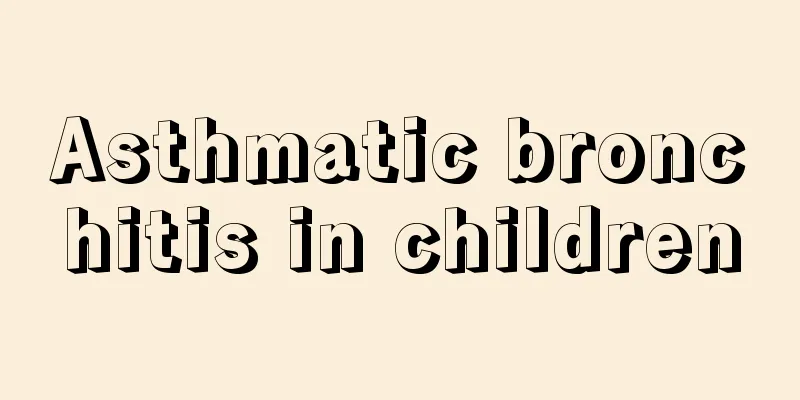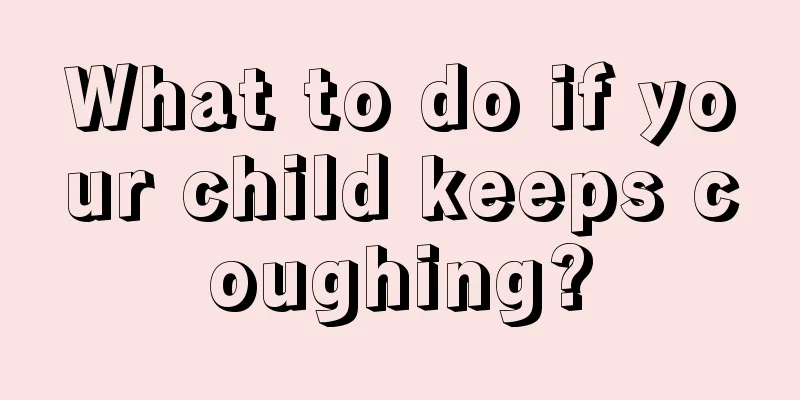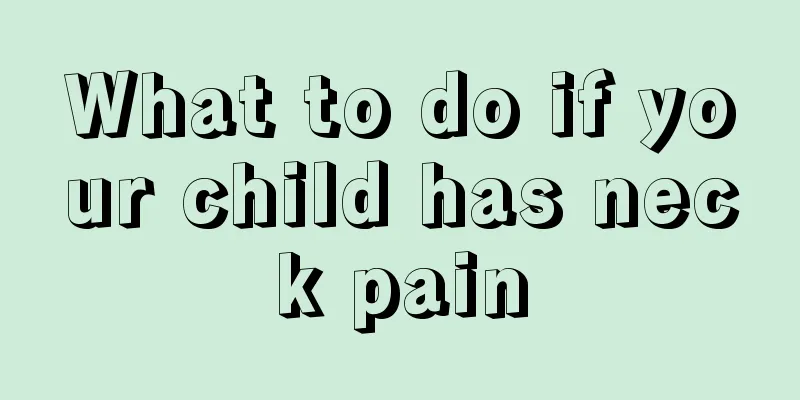What to do if your seven-month-old baby has a persistent low-grade fever

|
The biggest concern for parents of children under one year old is fever, because it is difficult to cure a child's fever, and many complications may occur if you don't pay attention. In normal times, the first thing parents need to pay attention to is to go to the hospital for examination as soon as possible, because a low-grade fever may indicate some viral problems and require special attention.
1. Go to the hospital for examination as soon as possible to avoid missing the best treatment period. 2. Strictly follow the doctor's instructions and do not give your child medicine or use some folk remedies to reduce fever. 3. Physical fever reduction can be used when the condition is controllable or clear. Here are some physical methods of reducing fever: a. Drink more water: Let your child drink more water to replenish body fluids. This is the most basic method of cooling down, and it is very effective and suitable for all babies with fever. The reason why most parents think that intravenous infusion is effective has a lot to do with intravenous fluid replenishment. Some children are unwilling to drink water when they have a fever due to sore throat and other reasons. Drinking water is the most important thing at this time. You can choose various fruit juice drinks, but of course the best is boiled water. b. Wipe the body with warm water: Wiping the whole body with warm water is a good way to cool down. It is suitable for children of all ages. The water temperature is more suitable at 32℃~34℃. Each wiping time is more than 10 minutes.The key areas to wipe are the skin folds, such as the neck, armpits, elbows, groin, etc. For children with high fever or older children, a warm water bath can be used. The water temperature can be slightly lower than body temperature. Children will not be able to accept a temperature that is too low. c. Lower the ambient temperature: Children need to exchange heat with the surrounding environment to reduce fever. The lower the ambient temperature, the more conducive it is to reducing fever. The best ambient temperature is 20℃~24℃ (depending on the season), which is conducive to a slow drop in body temperature. For young babies, especially in summer, if you just open their clothes and put them in a cool place, their body temperature will slowly drop. If a child has chills and shivering in the early stages of a fever, it means that the child's body temperature is still rising and this method is not suitable. d. Use a cooling patch: The cooling patch covers a very small area and has a limited cooling effect. It may make children with high fever feel more comfortable and is only an auxiliary measure. Ice compress is too cold and may cause the capillaries in the child's skin to contract, hindering heat dissipation. Children who suffer from chills and shivering should not use ice compresses.e. Alcohol bath: Babies’ skin is very thin and alcohol is highly permeable. It is easily absorbed through the skin and may cause symptoms of alcohol poisoning. Alcohol baths can also irritate the skin, causing capillaries to constrict and hindering heat dissipation. It is generally not recommended for children, especially infants. f. Excrete more: Drinking more water and urinating more often is a good way to remove heat from the body. In fact, defecation is also a good choice. |
<<: Children's skin itches in summer
>>: The harm of persistent low-grade fever in babies
Recommend
Reasons why children drool while sleeping
Nowadays, more and more young parents are at a lo...
What are the symptoms of formaldehyde allergy in children?
Everyone knows that formaldehyde is a very danger...
Treatment of sinus rhythm in children
Many people only think that some adults will suff...
What kind of complementary food should be added to the baby at a few months old
I believe that many mothers have found that their...
What to do if your child has toothache
If children do not pay much attention to oral hyg...
What to do if your six-month-old baby has a fever
New mothers are very afraid that their babies wil...
What is the reason for yellow teeth in babies?
What is the reason for the baby's teeth to be...
Is it okay for children to drink mineral water?
There are several types of water we usually drink...
Children's nutritious meal recipes
Children's nutrition has always been a focus ...
What should I do if my child keeps having fever?
Because children have poorer disease resistance, ...
What to do if your baby keeps biting his lower lip
Today, many parents have discovered that their ba...
What is the method for children to remove scars?
It is actually very common to see scars on childr...
Causes of hernia in baby girls
When it comes to the topic of hernia in baby girl...
Treatment for newborns who only fart but not defecate
Nowadays, it is not uncommon for newborns to only...
Reasons for slow response in newborns
There is a folk legend that babies born naturally...









